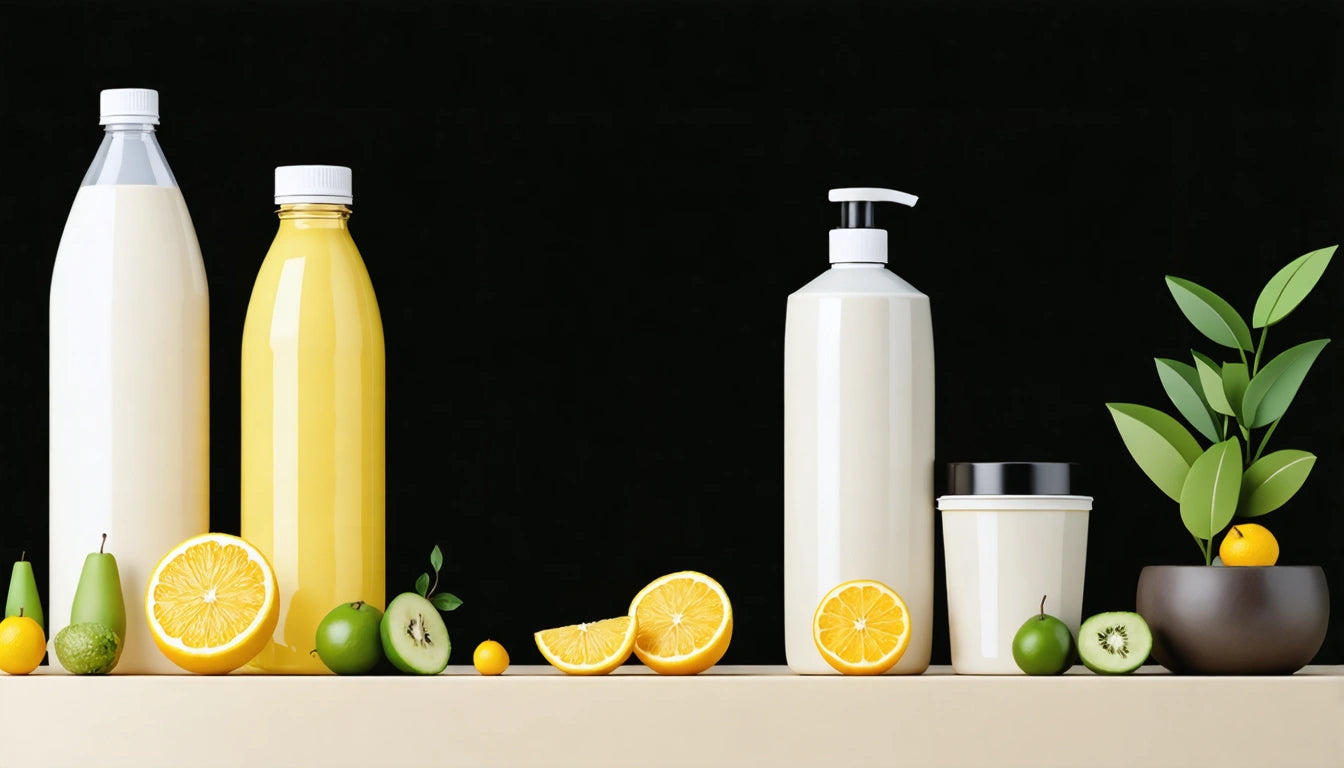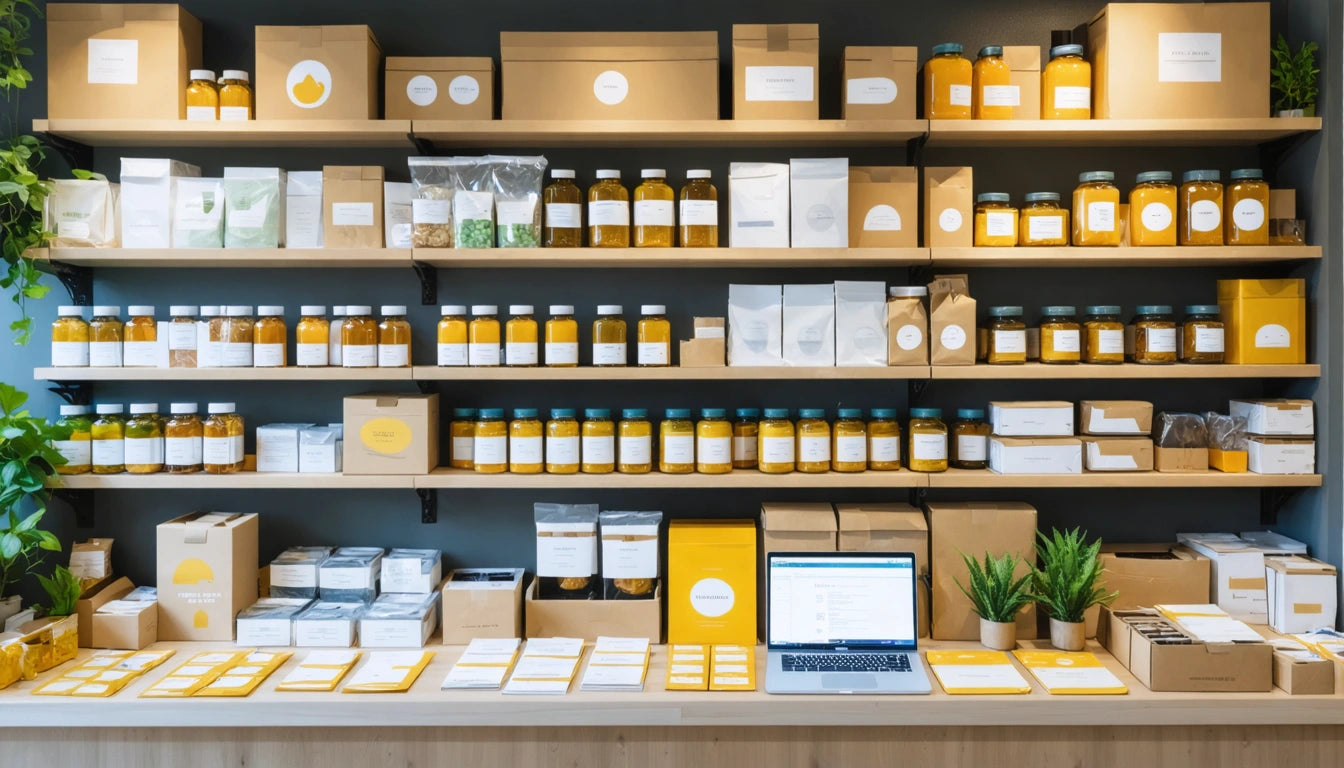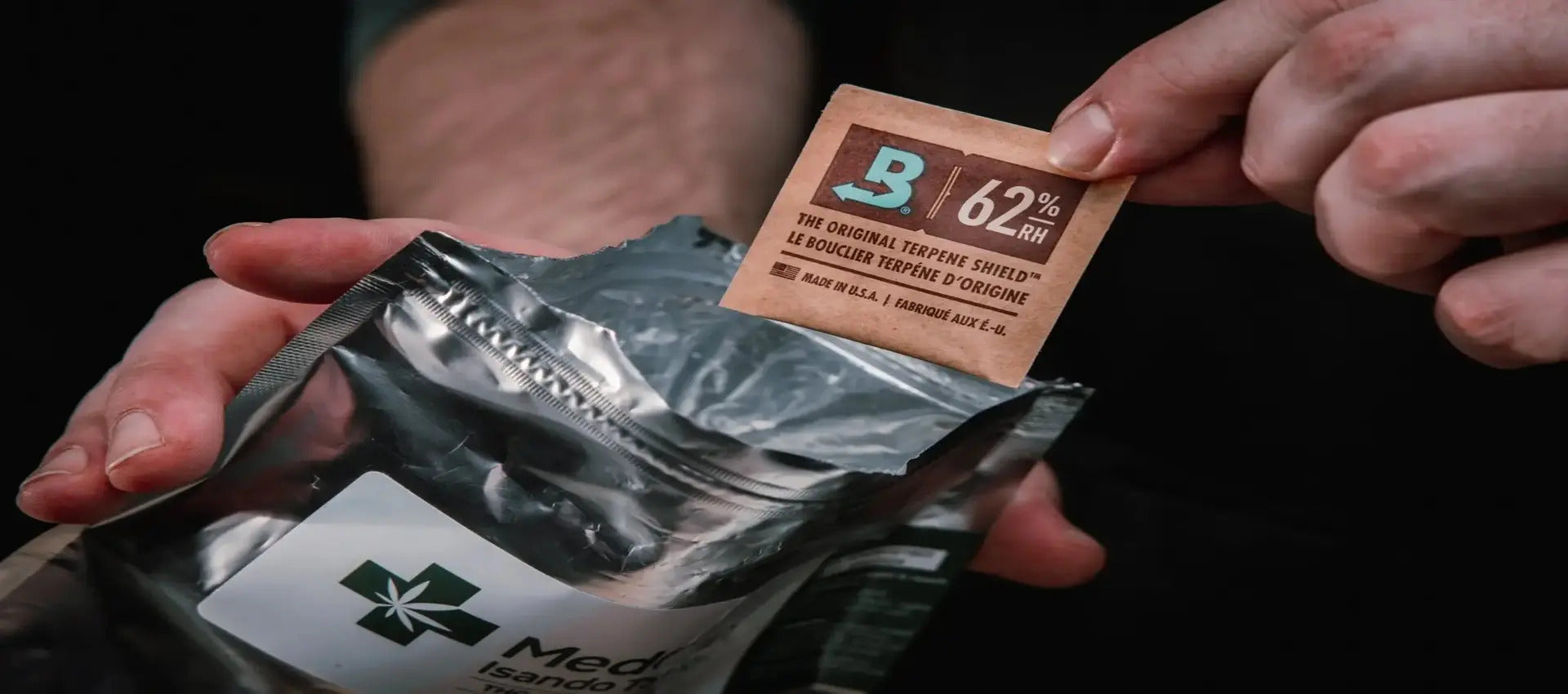Table of Contents
Why Minimalist Packaging is Winning Over Modern Consumers
In today's visually cluttered marketplace, minimalist packaging has emerged as a powerful strategy for brands looking to stand out by doing less. This design philosophy, characterized by clean lines, ample white space, and restrained typography, has transcended beyond being a mere trend to become a mainstay in consumer packaging preferences.
The Evolution of Minimalist Packaging Design
Minimalist packaging has roots in the Bauhaus movement and modernist design principles that emphasized function over ornate decoration. What began as a niche aesthetic has now permeated mainstream consumer culture, with minimalist designs capturing attention across multiple industries.
The shift toward minimalism has been particularly pronounced in premium product categories where consumers associate simplicity with sophistication. For example, in the cannabis industry, brands have moved away from busy graphics toward refined, elegant solutions that communicate quality through restraint rather than visual noise.
Consumer Psychology Behind Minimalist Appeal
Cognitive Processing and Decision Making
Research indicates that consumers process simpler designs more quickly and with less cognitive effort. In retail environments where shoppers make decisions in seconds, minimalist packaging creates mental breathing room that can lead to:
- Faster brand recognition
- Clearer communication of key benefits
- Reduced decision fatigue
- Stronger brand recall
This psychological ease translates directly to purchasing behavior. When faced with overwhelming choices, consumers often gravitate toward products that offer visual simplicity and clarity.
The Sustainability Connection
Modern consumers increasingly associate minimalist design with environmental responsibility. This connection isn't coincidental, as minimalist packaging often requires:
- Fewer materials
- Less ink and chemical treatments
- Simpler recycling processes
- Reduced shipping weight and volume
The sustainability aspect extends to functional minimalism as well. For instance, our selection of streamlined jar closures demonstrates how even utilitarian components can embrace minimalist principles while maintaining critical functions like child-resistance and product freshness.
According to industry research on beauty packaging trends, brands that combine minimalist aesthetics with sustainable materials see higher engagement from environmentally conscious consumers, particularly millennials and Gen Z.
Implementing Minimalism in Your Brand Packaging
Strategic Color Usage
Effective minimalist packaging often employs a restricted color palette, typically with one or two primary colors plus neutral tones. This approach creates immediate visual impact while reinforcing brand identity. The strategic use of negative space directs attention to the most important elements, whether that's your logo, product name, or key benefit statement.
Typography and Information Hierarchy
Typography in minimalist design isn't just about using fewer words, but about creating clear information hierarchy. Consider:
- Using a single typeface family with varying weights
- Increasing spacing between lines and letters for readability
- Prioritizing essential information and eliminating redundancies
- Creating contrast through size rather than multiple fonts
When implementing minimalist packaging, brands should focus on communicating their core value proposition without distraction. This doesn't mean eliminating all decorative elements, but rather ensuring each visual component serves a purpose.
Future Directions in Minimalist Packaging Design
As minimalist packaging continues to evolve, several emerging trends are shaping its future direction:
Tactile minimalism incorporates subtle texture variations rather than visual elements to create sensory interest. This approach maintains visual simplicity while enhancing the physical interaction with the product.
Digital integration is becoming more seamless, with minimalist packaging using technologies like QR codes and augmented reality to extend the consumer experience without cluttering the physical package.
Material innovation is enabling brands to express minimalism through the inherent properties of packaging materials rather than through printed graphics. Biodegradable films, plant-based plastics, and naturally textured papers communicate sustainability through their very composition.
The enduring appeal of minimalist packaging lies in its ability to adapt to changing consumer preferences while maintaining its core principles of clarity, functionality, and intentionality. For brands seeking to connect with today's discerning consumers, embracing minimalism isn't about following a trend, but about aligning with fundamental human preferences for clarity and authenticity in an increasingly complex marketplace.











Leave a comment
All comments are moderated before being published.
This site is protected by hCaptcha and the hCaptcha Privacy Policy and Terms of Service apply.